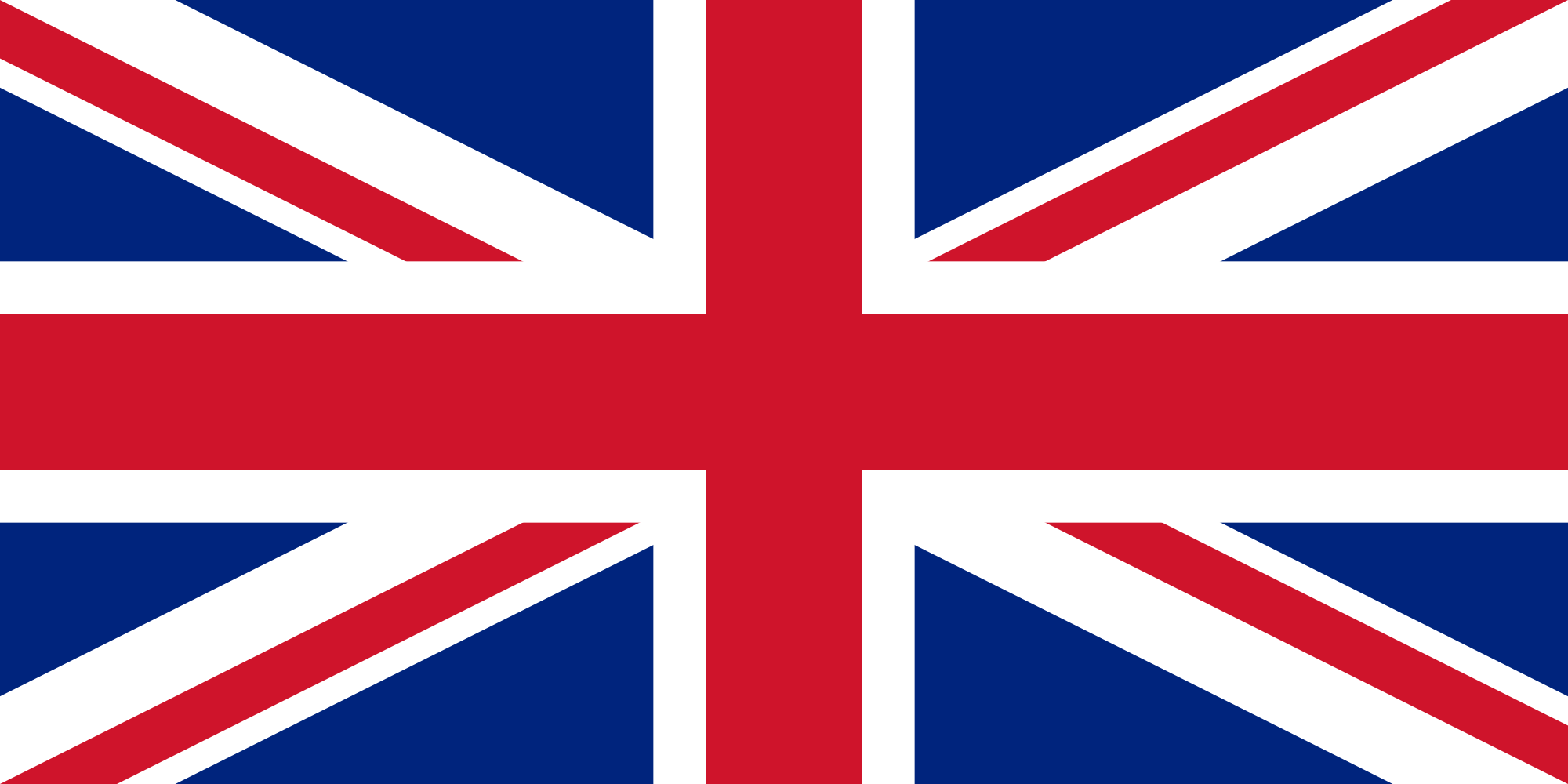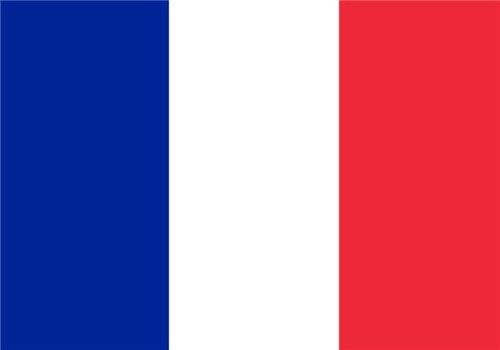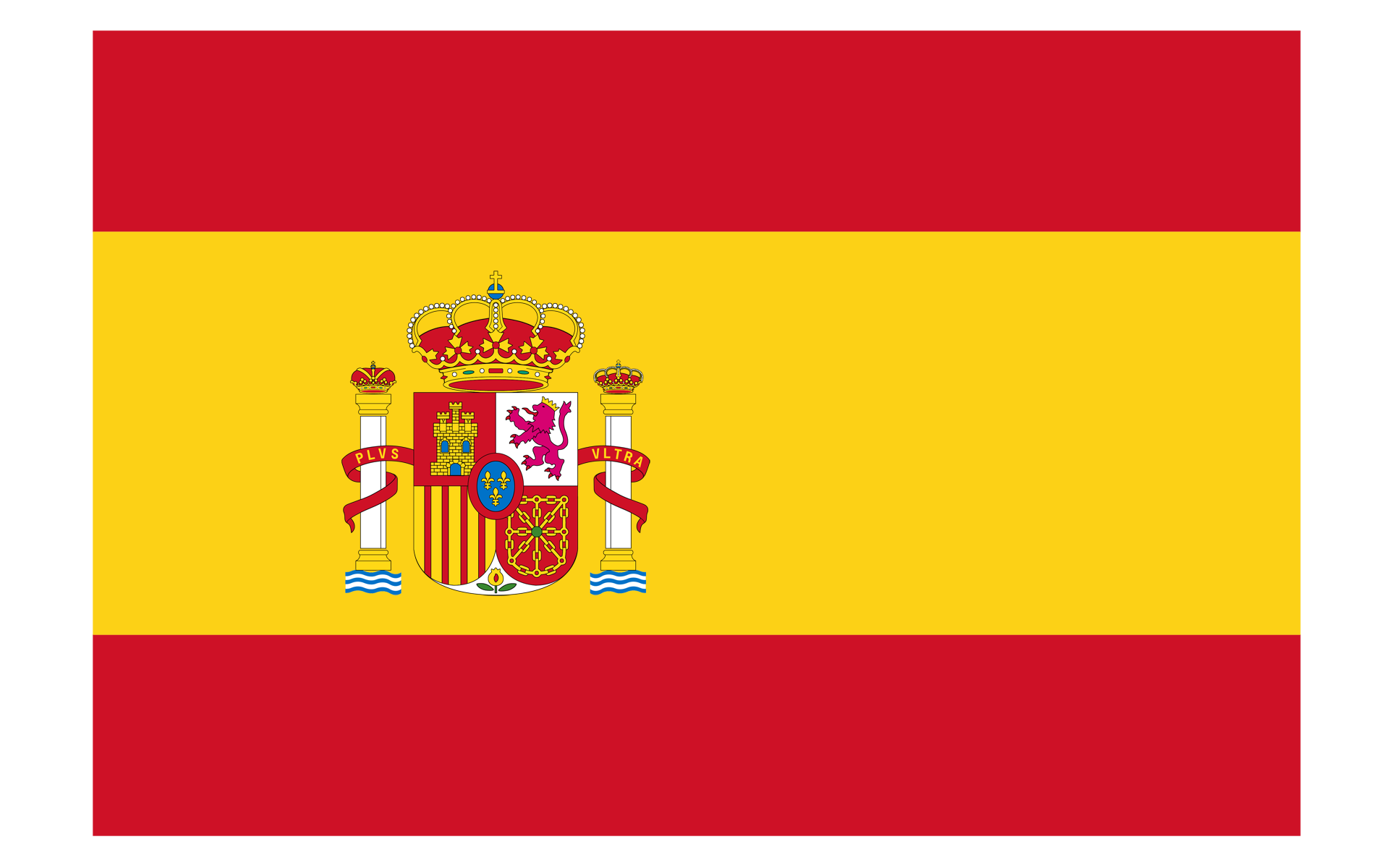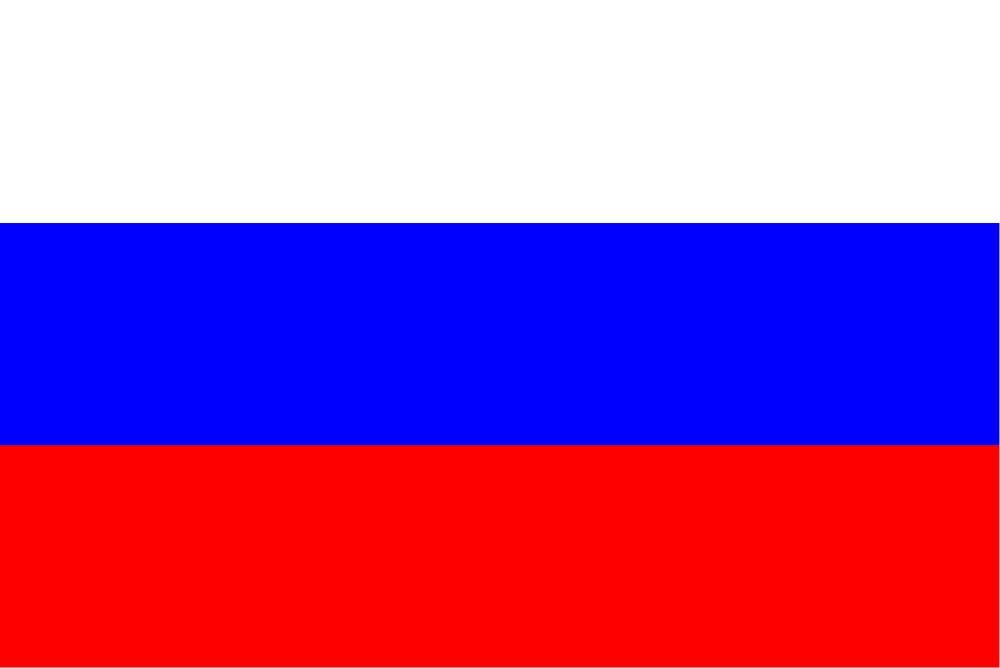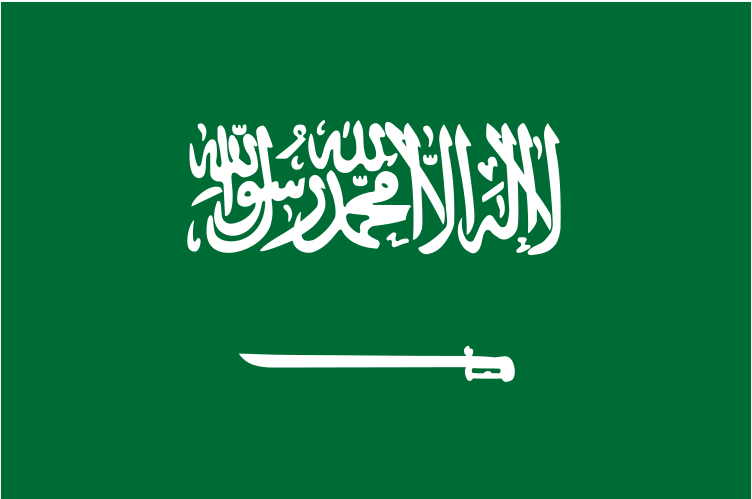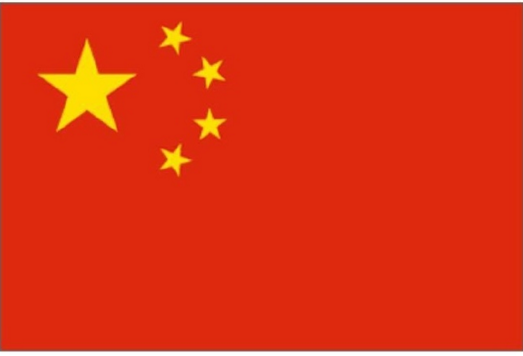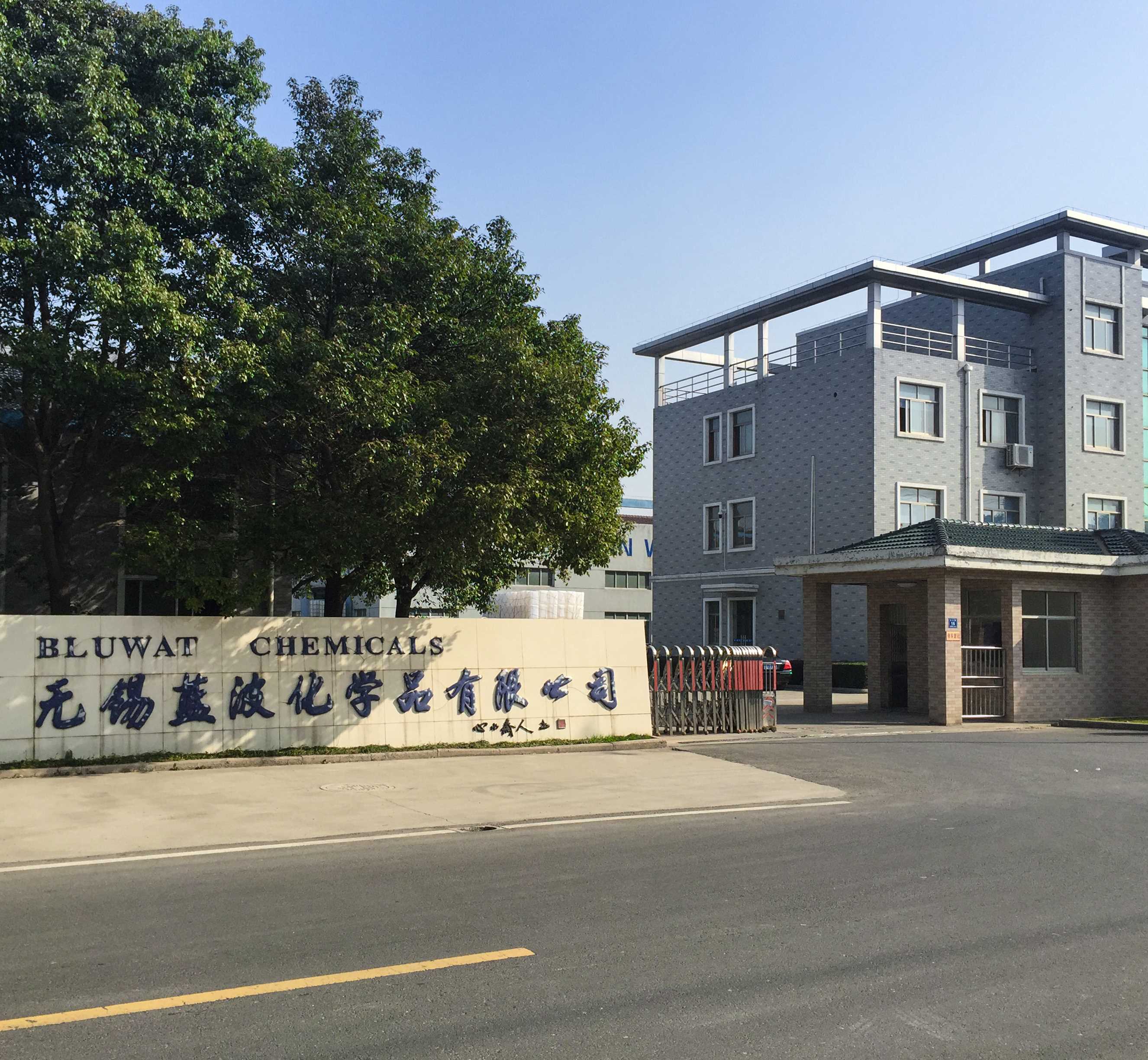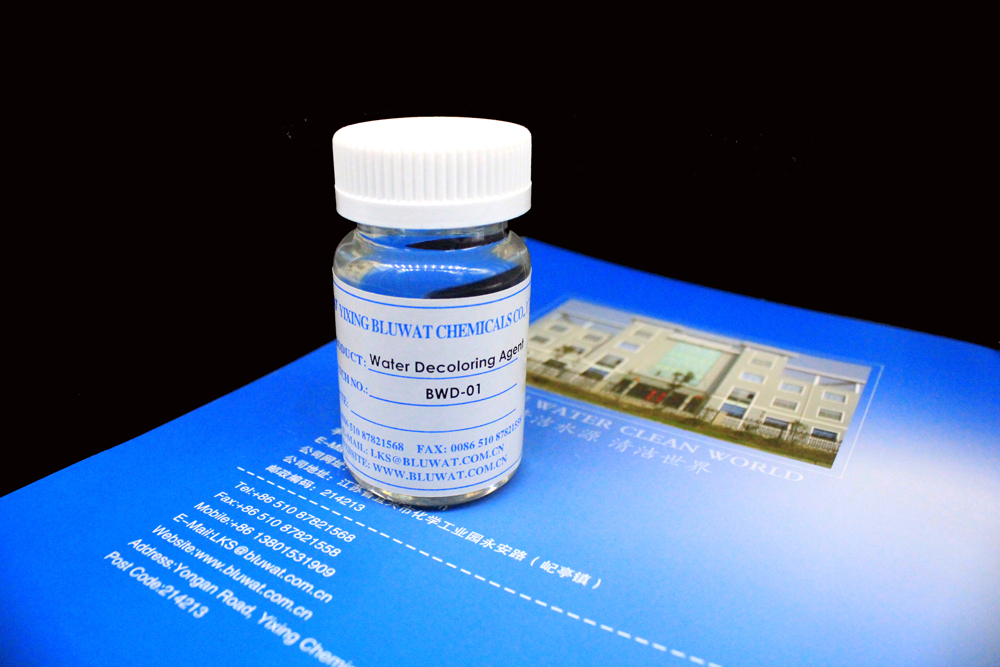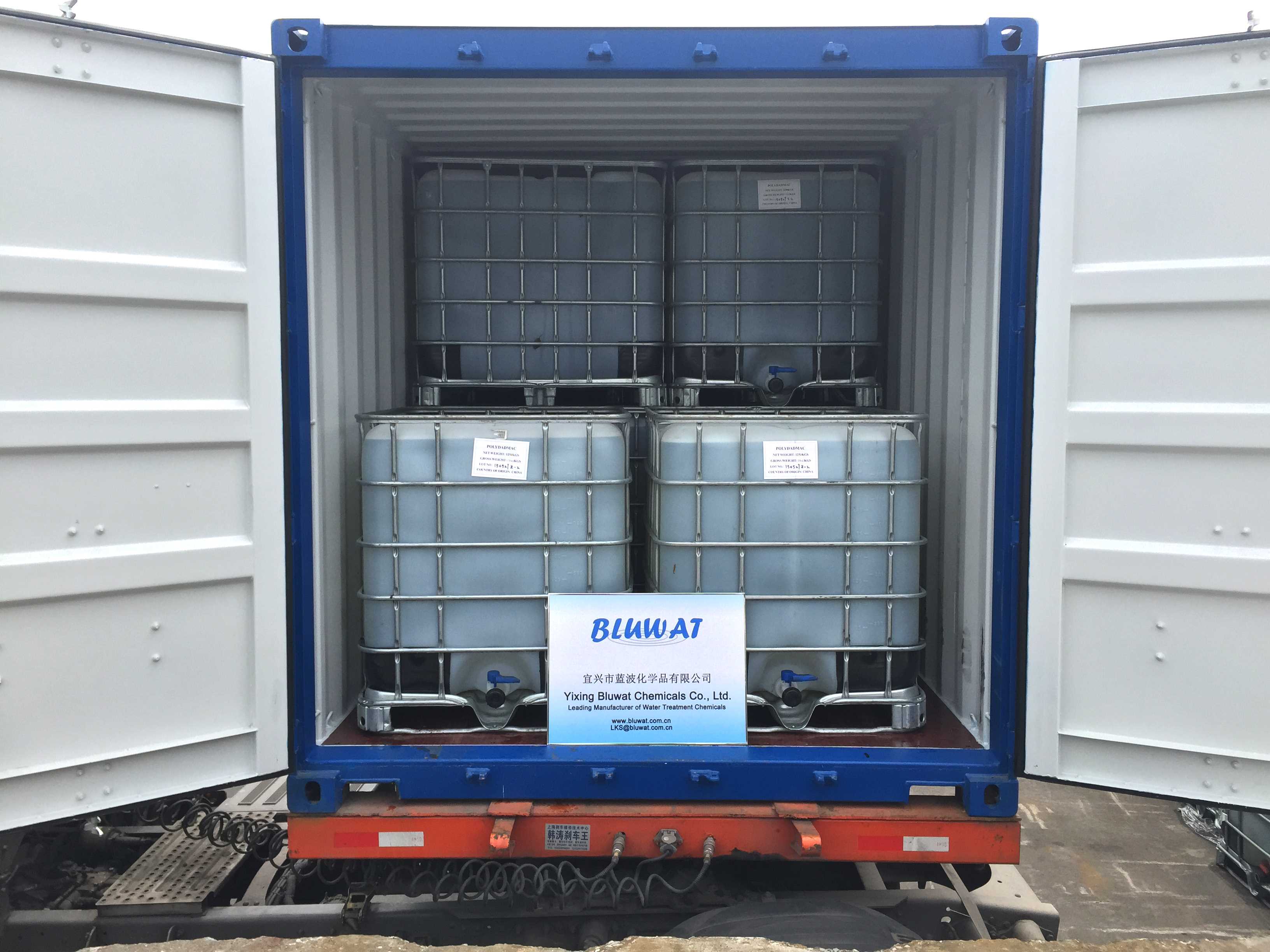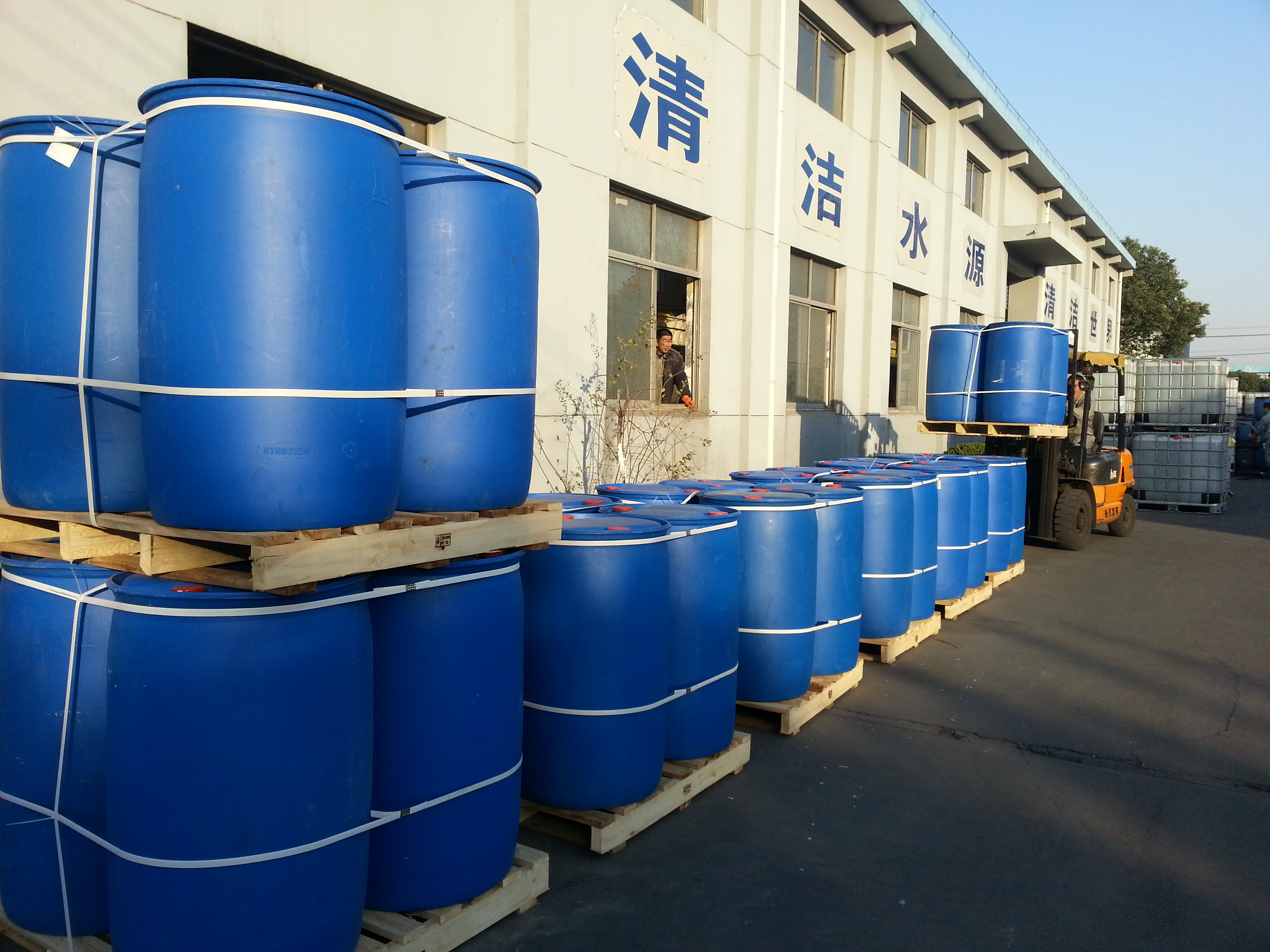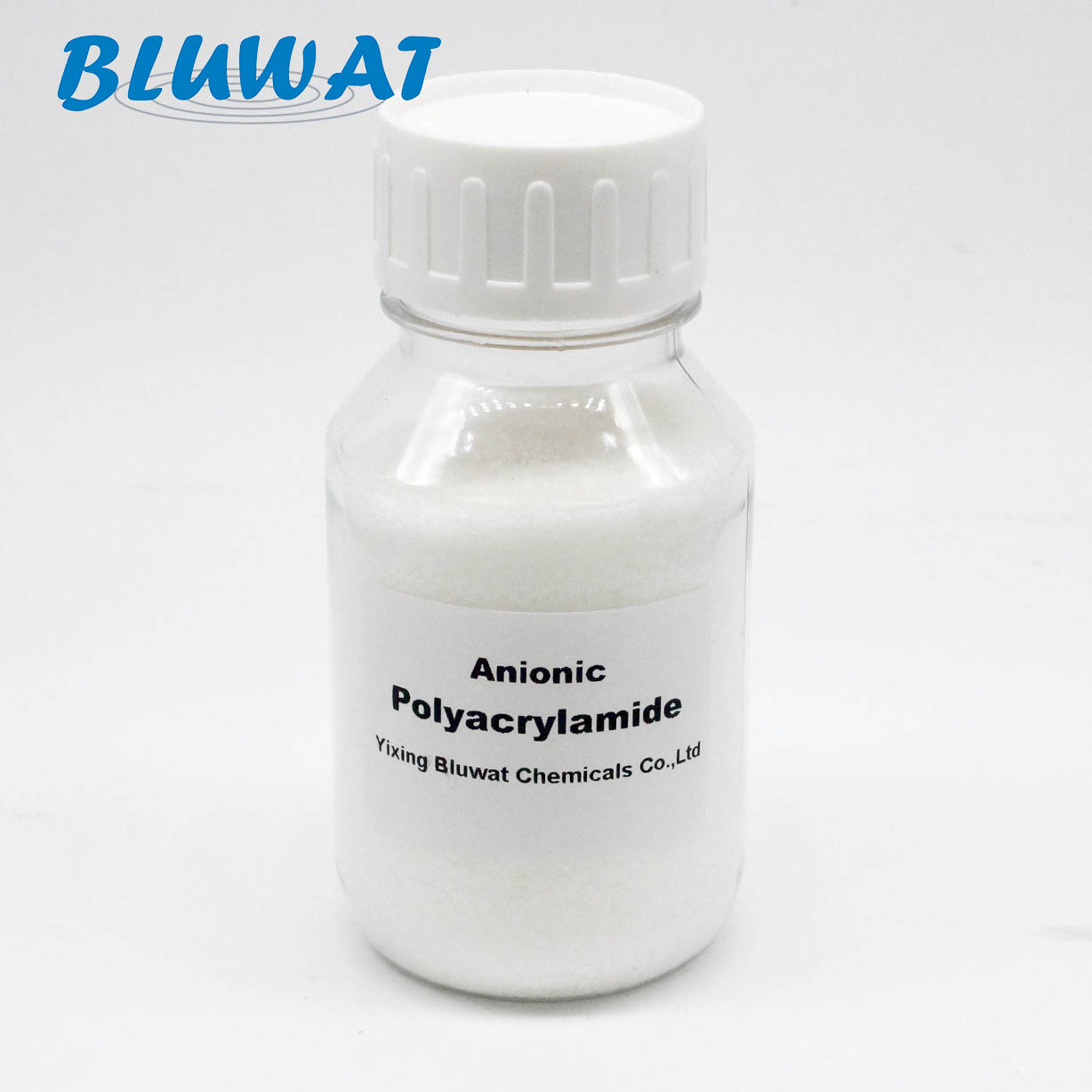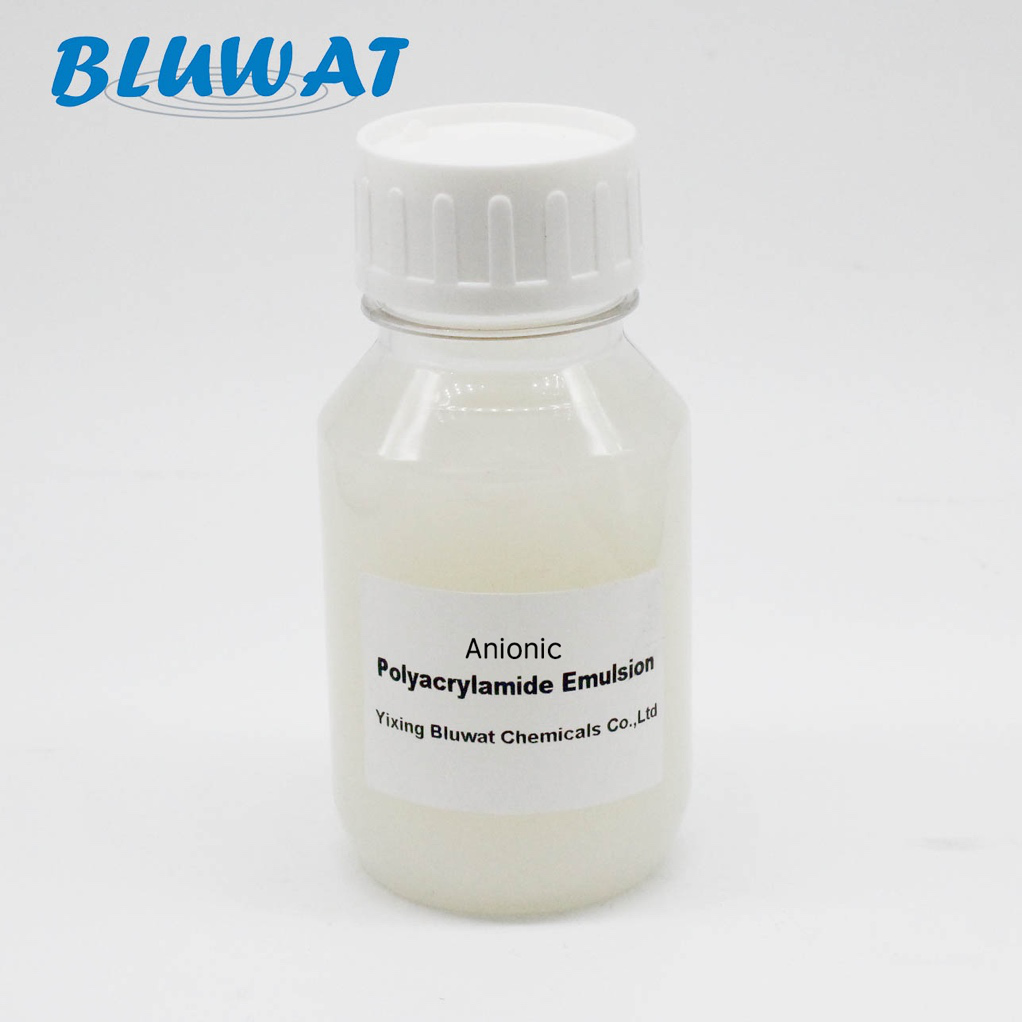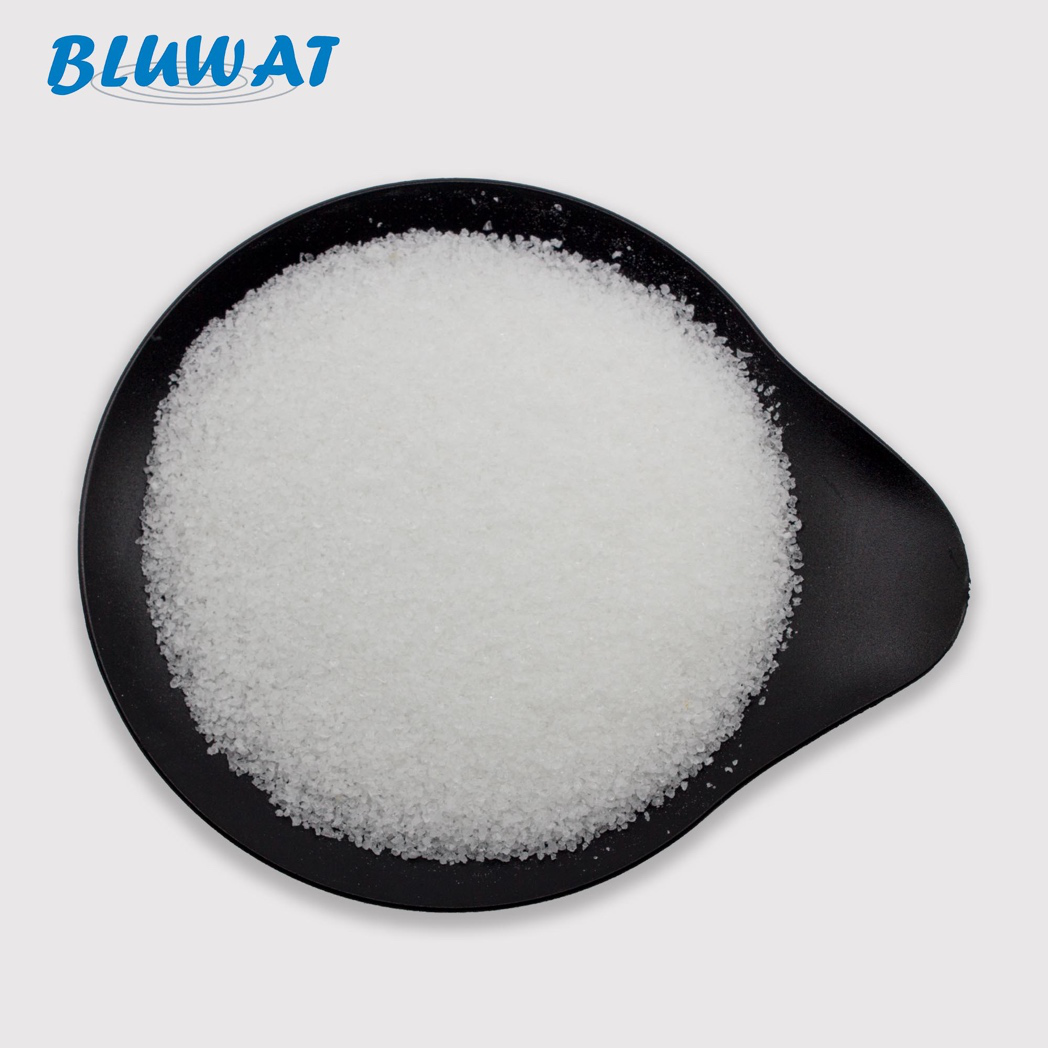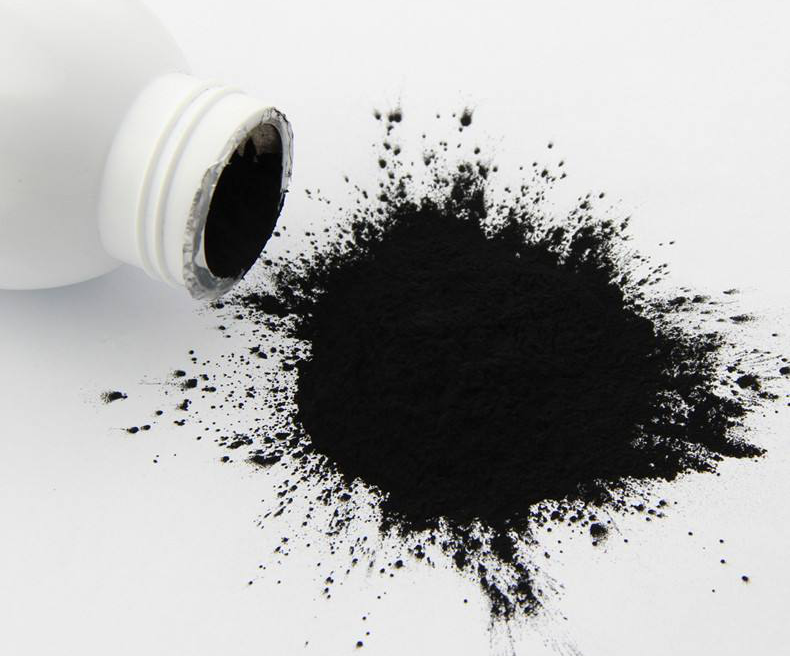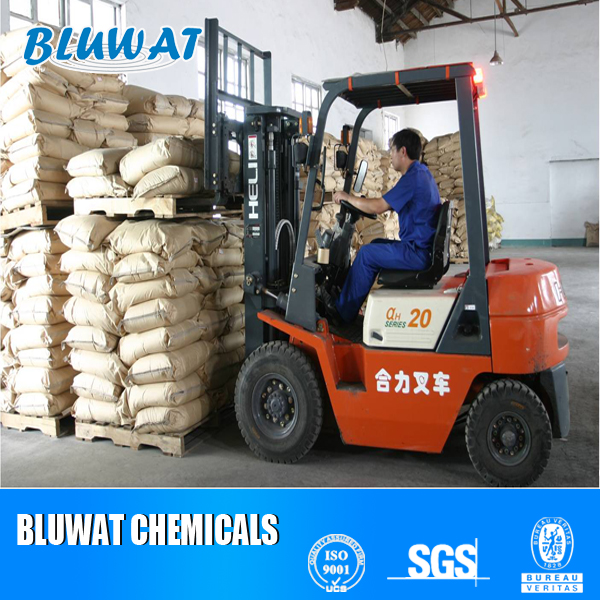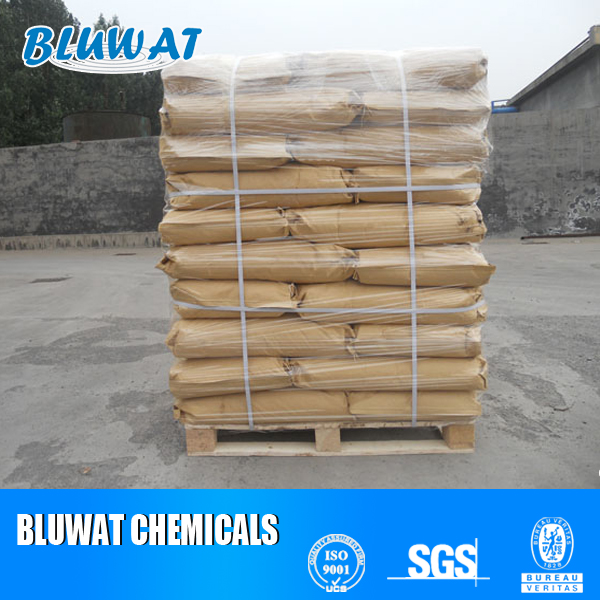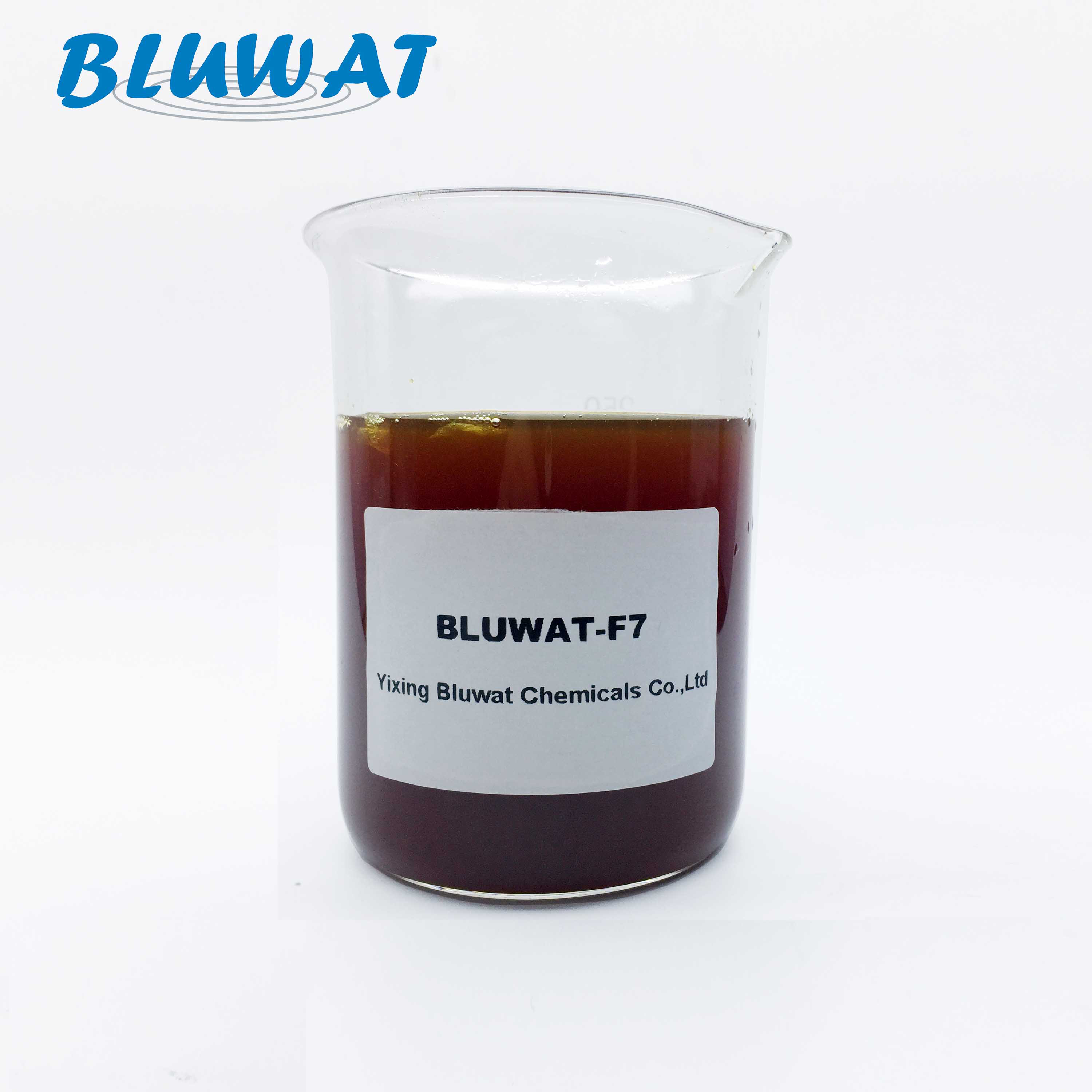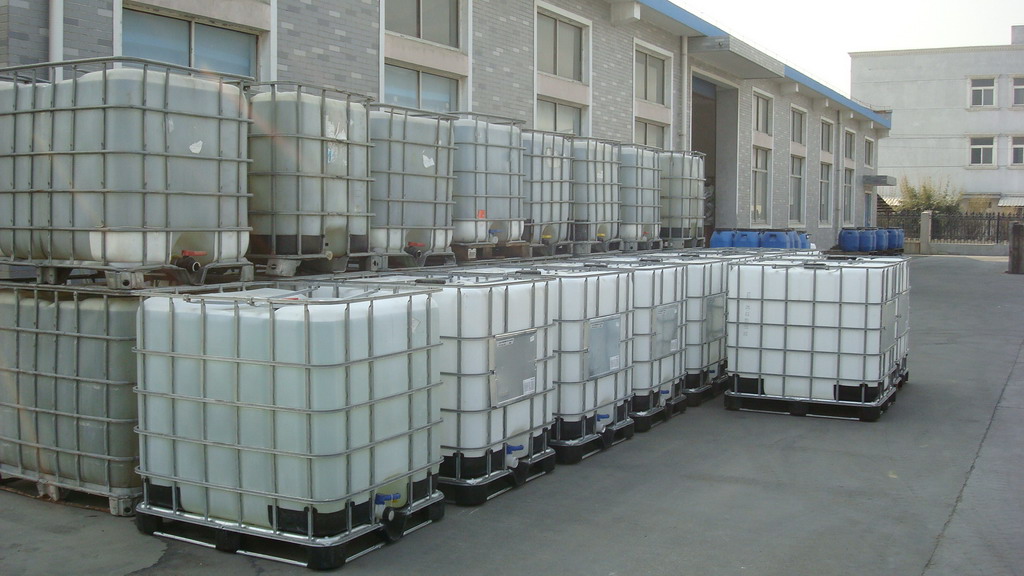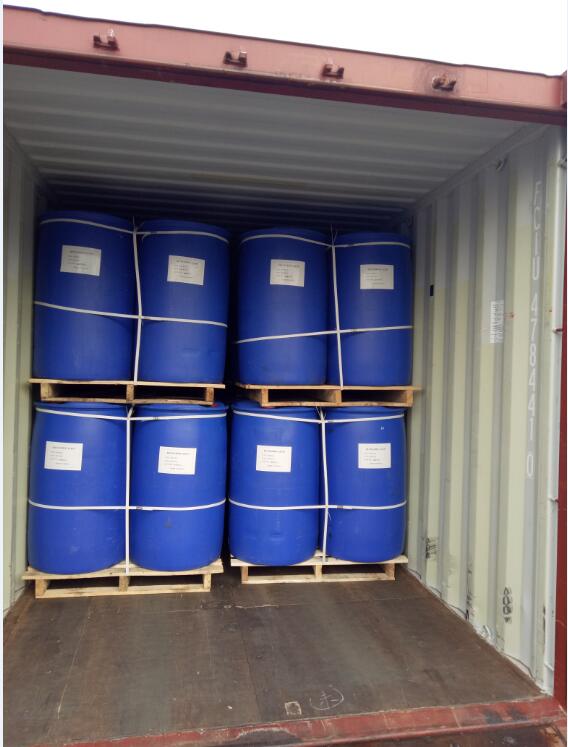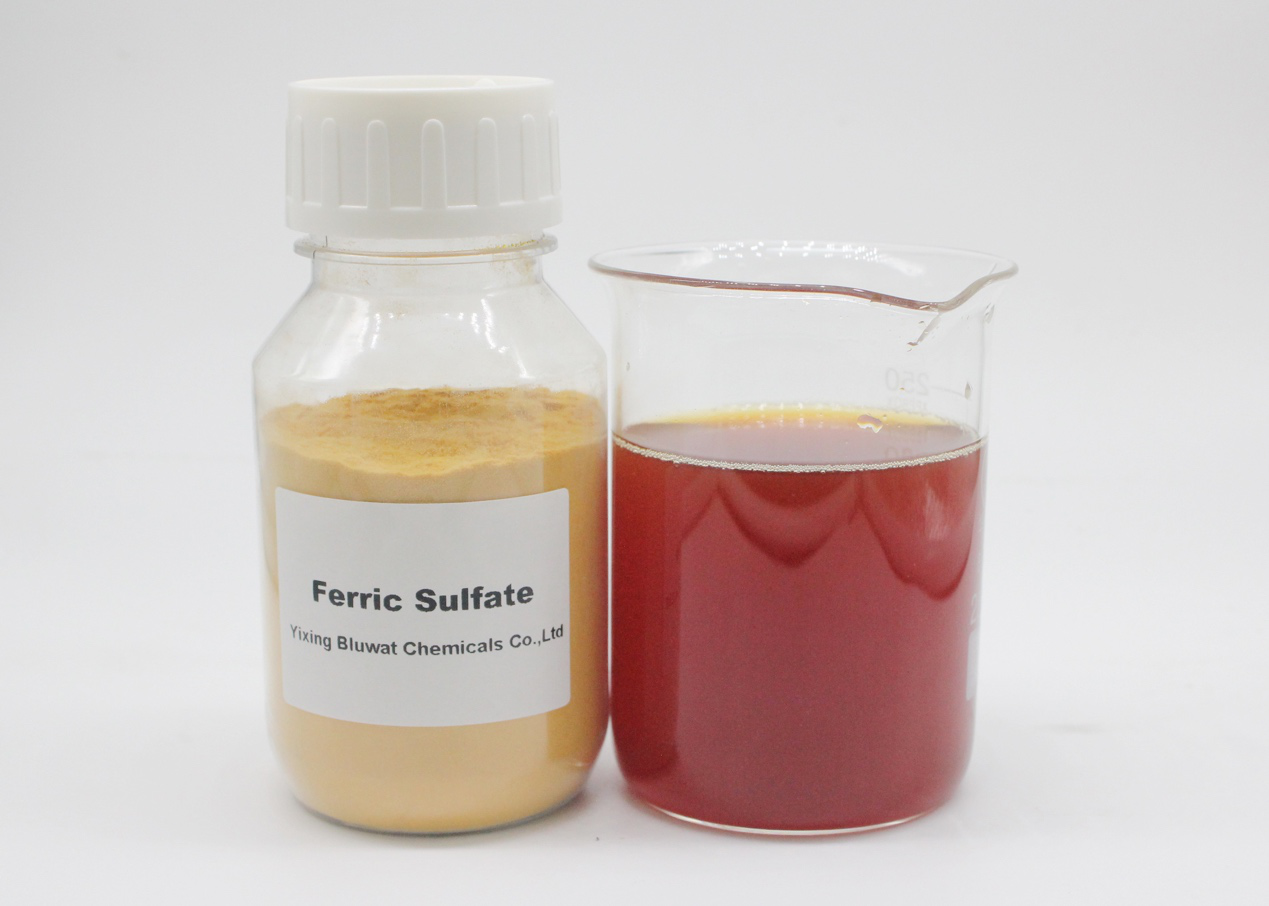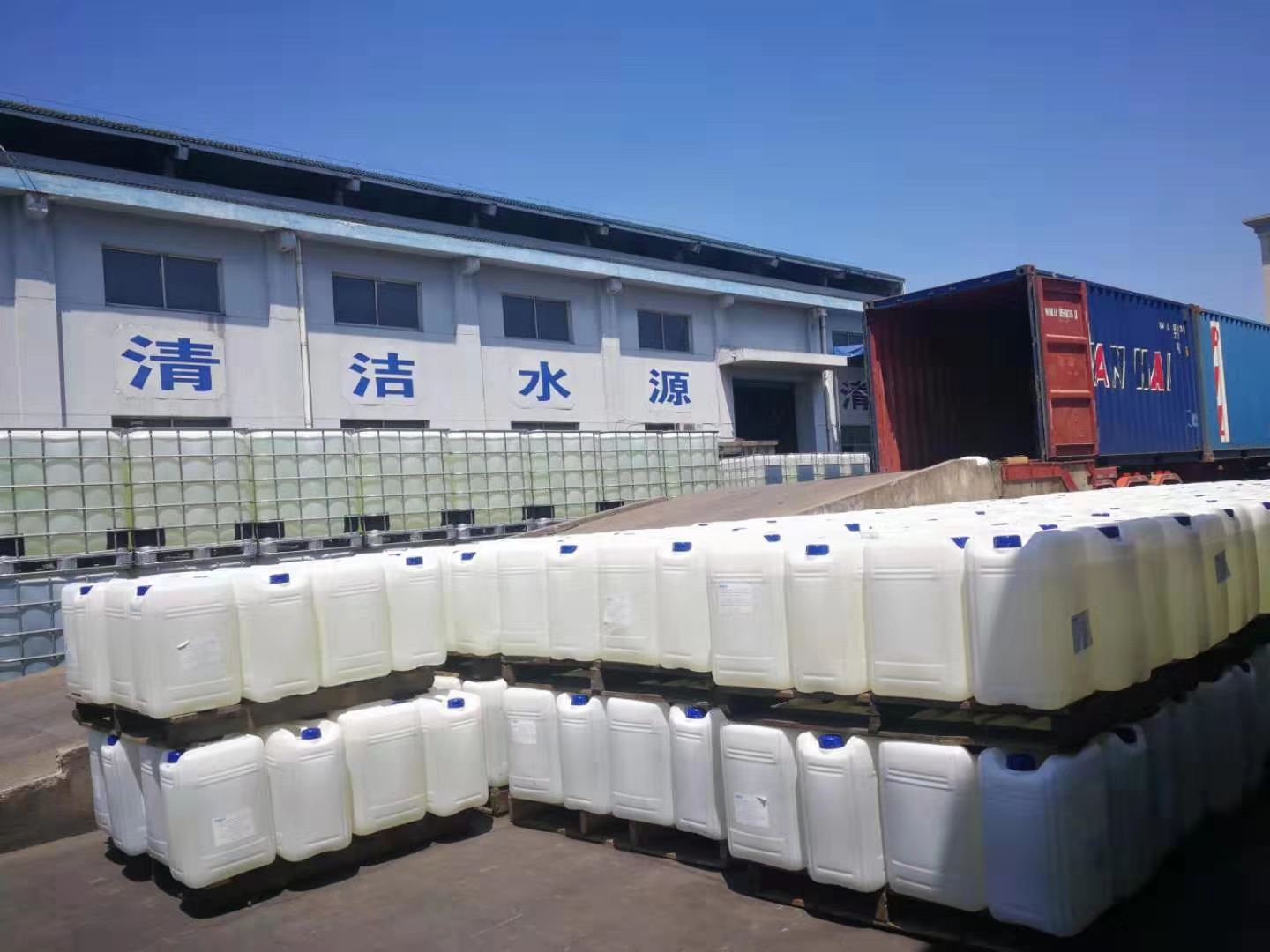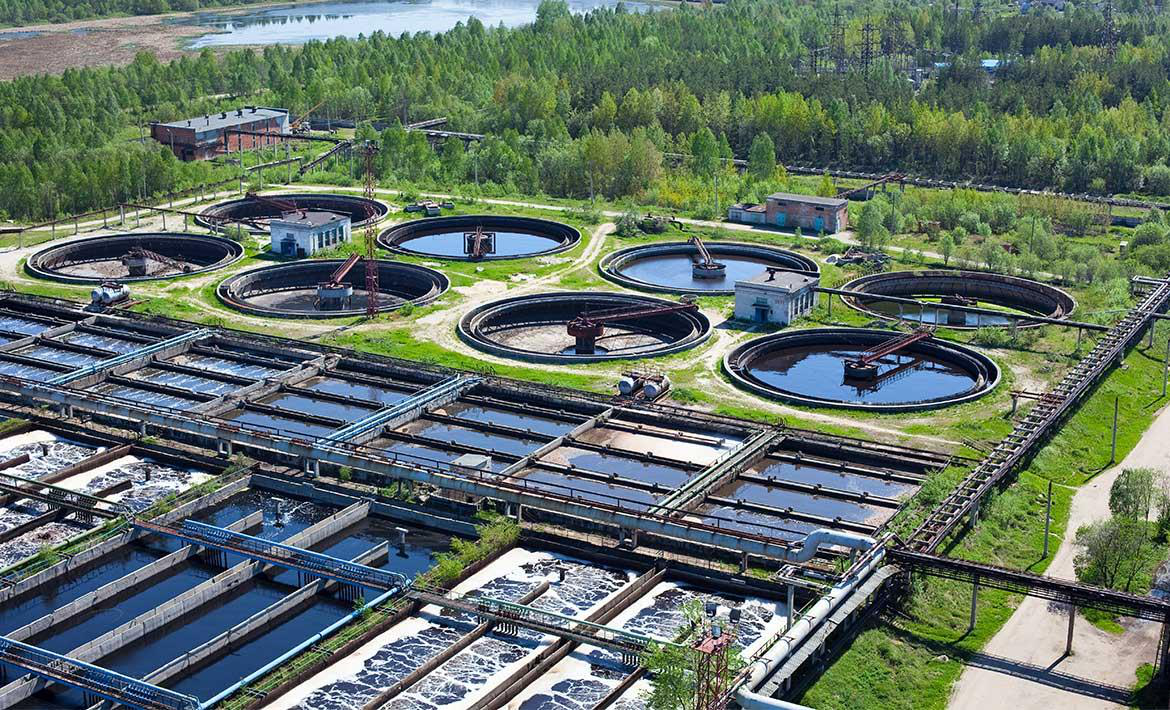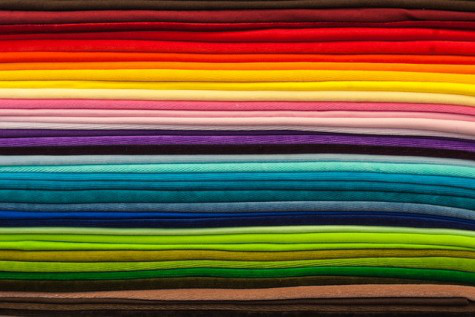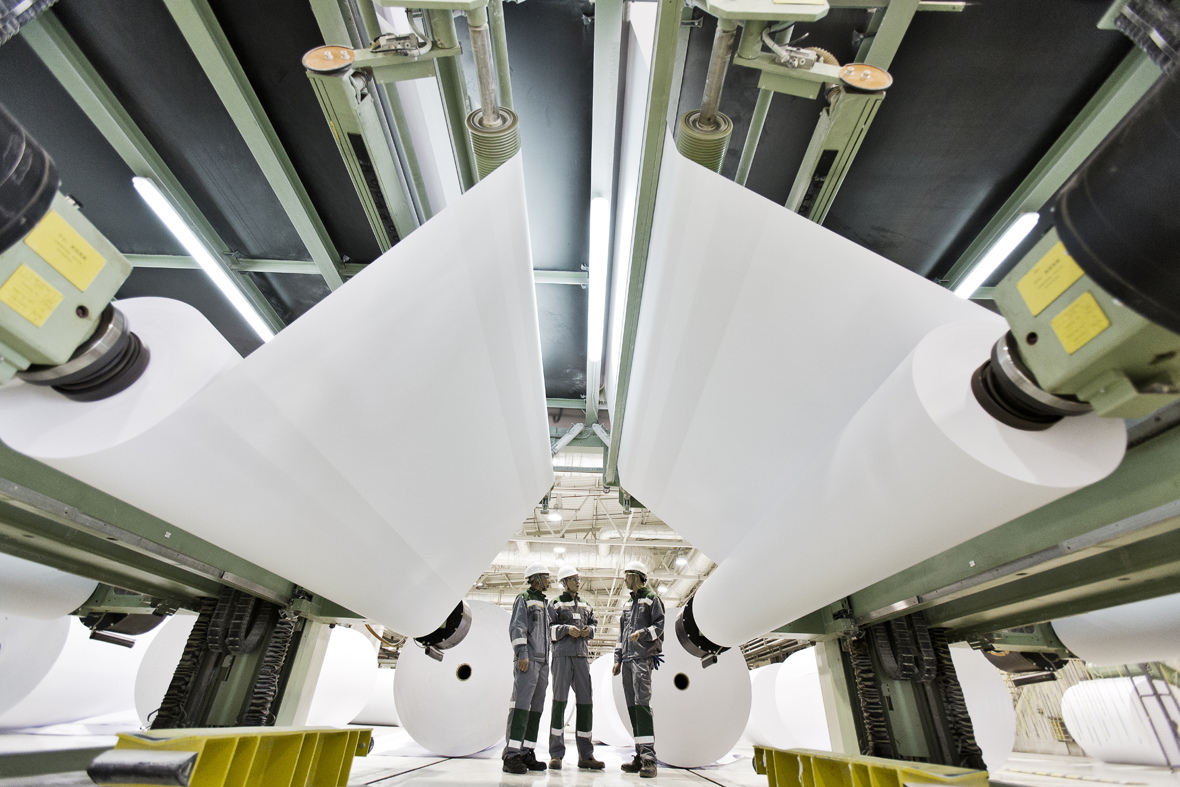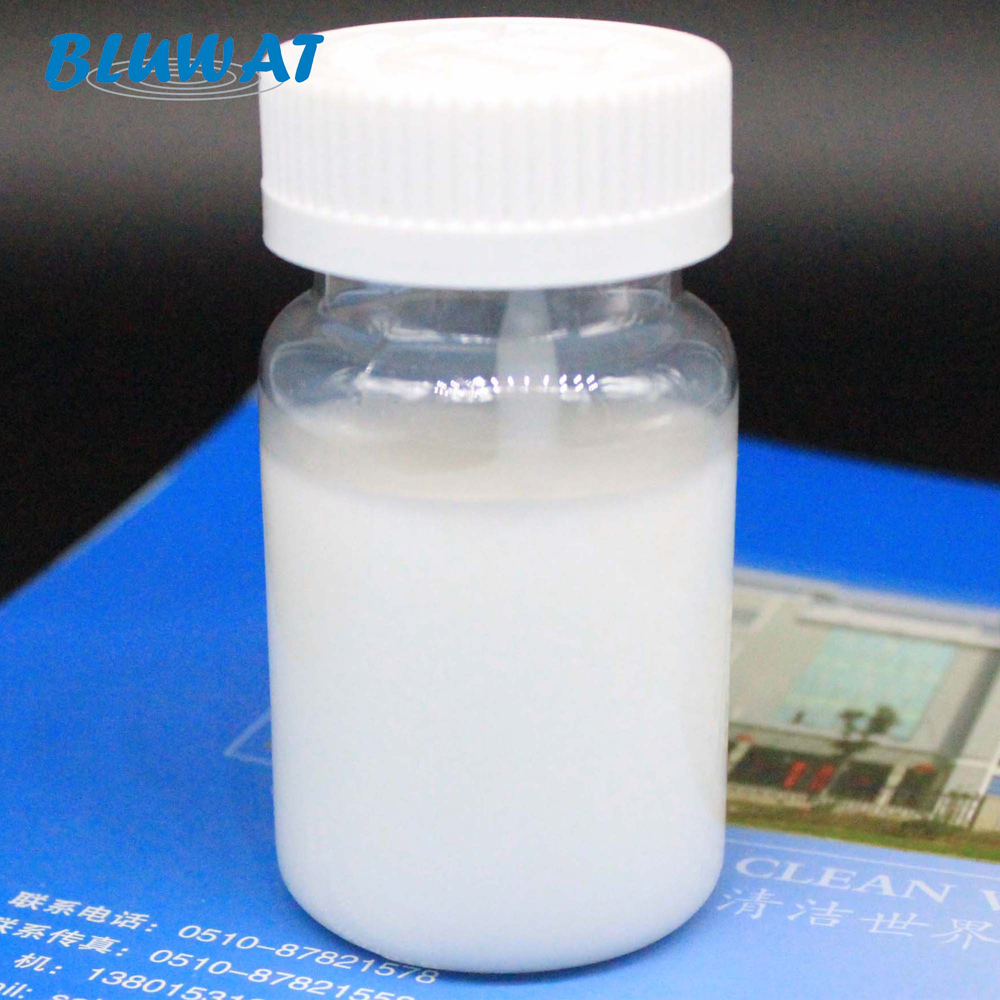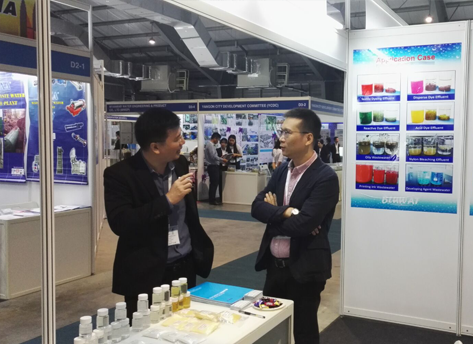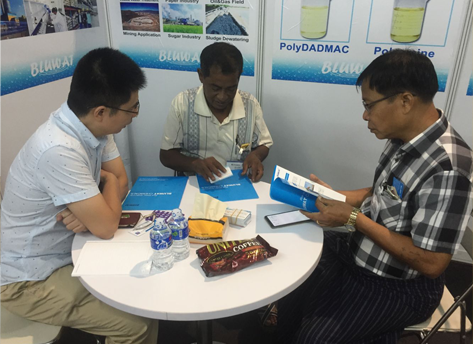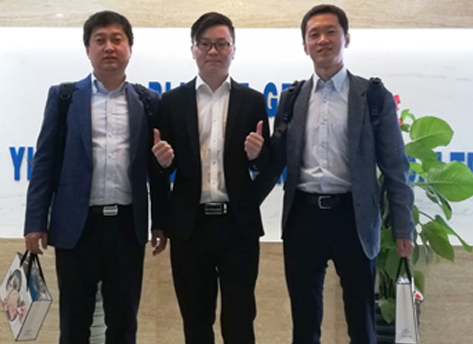-
-
Bluwat Chemicals is a professional supplier of water treatment chemicals in China. We provide our customers both traditional and innovative products to ensure optimum control in a wide variety of applications, which including treatment of drinking water, waste water, process water. We are trying our best to be the professional manufacturer and service supplier to reduce your treatment cost.
Our core products are coagulants and flocculants for water treatment, and polymers for oil/gas drilling and EOR (enhanced oil recovery). .....
-
-
BLUWAT are professional manufacturer in China for water treatment chemicals.
We can supply following serial products to satisfy different demand in water treatment industry.
1,BWD series Water Decoloring Agent:
Mainly used in textile, dyeing, paper industries as decolorant agent.
Can remove color and reduce CODcr to save water treatment cost......
-
-
-
80000
Ton
Annual sales of water treatment products worldwide
20+
year
Operating water treatment products for 20 years
1500+
Clinets
Buy from us from different industries
-
-
-

Why the Power Plant Chose BLUWAT® PAC: Risk Assessment of Changing PAC Suppliers
This case study explains why a power plant continued using BLUWAT® PAC, highlighting the technical and operational risks of changing PAC suppliers in water pretreatment systems.
-

Turning Mining Slurry into Value: Polyacrylamide Solutions from Bluwat Chemicals
Bluwat Chemicals supplies mining-grade Polyacrylamide (PAM) designed for solid–liquid separation, tailings thickening, and water recycling in iron, copper, gold, coal, and non-ferrous mines. Reliable quality, stable supply, and 25+ years of polymer expertise.
-

Polyacrylamide (PAM/HPAM) Polymers Unlocking Extra Barrels in Mature Oilfields
Bluwat Chemicals provides engineered PAM/HPAM polyacrylamide polymers for advanced polymer flooding, improving mobility control, sweep efficiency, and recovery performance in mature oilfields.
-

Bluwat Chemicals Polyacrylamide | PAM Flocculant for Water & Wastewater Treatment
High-performance polyacrylamide (PAM) flocculants from Bluwat Chemicals for efficient water and wastewater treatment.
-
-
-
Warm Wishes for the Holiday Season
Season’s Greetings from Bluwat Chemicals. We thank our customers and partners worldwide for their trust and support throughout the year.
넶0 2025-12-19
2025-12-192025-08-292024-09-232024-08-22 -
-
Can Bangladesh’s Textile Boom Stay Sustainable Without Better Wastewater Treatment?
🌊 Can Bangladesh’s Textile Boom Stay Sustainable Without Better Wastewater Treatment?
Understanding the Color Crisis—and One Proven Solution That Works
Bangladesh’s textile industry continues to thrive, powering the nation’s economy and employing millions. Yet, behind the colorful output of garment factories lies a hidden environmental challenge: highly polluted wastewater.
Every day, textile processing units release enormous volumes of dye-contaminated water. The intense color, high COD/BOD, and complex chemical composition of this effluent often exceed the capacity of standard treatment methods, posing serious risks to rivers, agriculture, and communities downstream.
⚠️ What’s Going Wrong?
Despite the government's regulatory push and environmental awareness campaigns, a large number of textile and dyeing units still lack fully functional effluent treatment plants (ETPs). Those with ETPs often struggle with operational costs, technical bottlenecks, or simply fail to meet discharge color standards.
Common issues include:
-
Poor color removal efficiency
-
Over-reliance on traditional inorganic coagulants
-
Heavy sludge generation
-
High treatment costs
🎯 A Smarter Way to Target Color Pollution
Unlike turbidity or suspended solids, color from dyes (reactive, disperse, acid dyes, etc.) is much harder to eliminate. Most dyes are water-soluble and designed to resist fading—making them resistant to conventional treatments.
This is where specialized color removal polymers come in.
💧 BWD-01 Water Decoloring Agent: Tailored for Textile Wastewater
Developed by BLUWAT Chemicals, with over 20 years of water treatment expertise, BWD-01 is a quaternary ammonium cationic polymer engineered to target stubborn color in industrial effluents.
✅ Why BWD-01 Works in Bangladesh:
-
Proven in hundreds of textile ETPs, including Gazipur, Dhaka, Narayanganj
-
Removes up to 95–99% of color, even from complex dye structures
-
Reduces COD by up to 80%, improving overall discharge quality
-
Works under low dosage, minimizing sludge and saving costs
-
Performs well in acidic to neutral pH, compatible with common textile wastewater profiles
🔍 Typical Use Cases:
-
Knit dyeing units
-
Woven fabric processing
-
Printing and finishing plants
-
Central ETPs serving industrial clusters
It can be used independently or in combination with PAC/PAM to further enhance flocculation and settling performance.
🌐 About BLUWAT Chemicals
As a global supplier of water treatment chemicals, Bluwat serves customers in over 80 countries. We provide:
-
BWD-01 Water Decoloring Agent
-
Polyacrylamide (PAM) for sludge dewatering
-
Polyaluminum Chloride (PAC)
-
Custom formulation and lab support for textile wastewater
📦 Packaging Options:
30kg drum | 250kg drum | 1250kg IBC tank
📣 Don’t Wait for Penalties. Improve Your ETP’s Performance Today.
As Bangladesh’s textile industry continues to grow, compliance with color discharge limits will become more closely enforced. Whether you’re a private dye house or part of a CETP consortium, adding BWD-01 to your treatment process can significantly boost efficiency and lower operating costs.
📩 Contact our team for a free consultation or sample test.
👉 [Talk to a Water Treatment Expert Now]
QUICK NAVIGATION
PRODUCT CATEGORIES
CONTACT US

